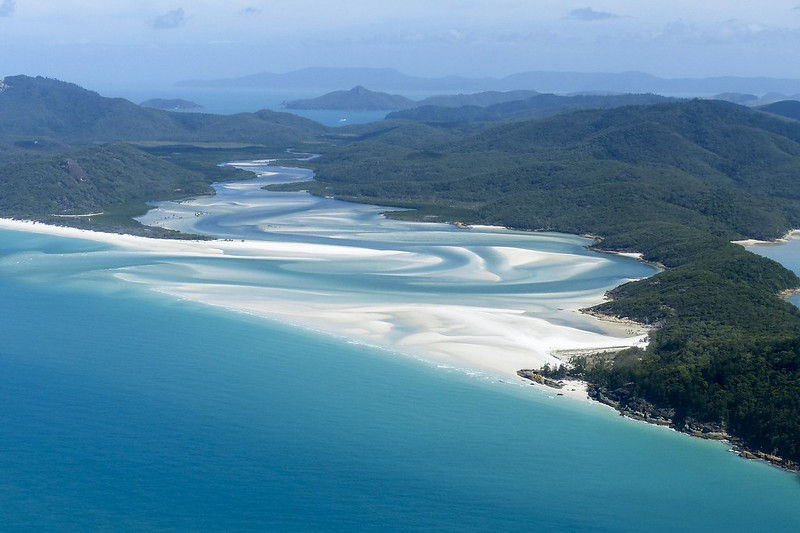Wildlife of Europe Series - France
- Inga

- Mar 11
- 3 min read
France's diverse landscapes, from the snow-capped Alps to the sun-kissed Mediterranean coast, support a rich and varied wildlife. The country's commitment to conservation has led to the reintroduction and protection of several species, making it an exciting destination for nature enthusiasts.

Mammals of France
Bears of the Pyrenees
Brown bears, once nearly extinct, have been reintroduced to the Pyrenees mountains. While their population remains small, with only about 20 individuals roaming the national parks, their presence is a testament to conservation efforts. These bears, weighing between 113 kg to 349 kilograms (250 to 770 pounds) and standing up to 2.20 metres (7 feet) tall, are the largest animals in France.


Wolves of the Alps
Wolves have made a remarkable comeback in France since the 1990s, migrating from Italy. Today, over 200 wolves inhabit the French Alps, though they remain endangered. These elusive predators live in packs of 6 to 20 members and can roam territories up to 6,000 square kilometres.
Chamois and Ibex
The agile chamois and the majestic ibex are iconic inhabitants of the French mountains. Chamois can reach speeds of up to 50 km/h and jump as high as 2 meters vertically.
Ibex, reintroduced after being hunted to extinction in the 1960s, are excellent climbers, preferring rocky habitats at elevations of 1,800 to 3,300 meters4.
With over two million individuals, wild boar are common in rural areas of France1. These intelligent and adaptable omnivores are social animals, with females and young living in large groups.


Wild Boar
Wild boars (Sus scrofa) are abundant throughout rural France, with a population exceeding two million individuals. These highly adaptable omnivores thrive in diverse habitats from forests to agricultural landscapes across the country. Female wild boars (sows) and their young typically live in social groups called sounders, while adult males (boars) often live solitary lives. Weighing up to 100 kg and equipped with sharp tusks, these intelligent creatures are primarily nocturnal, foraging at night for everything from roots and tubers to small animals and carrion. Though historically valued as game animals, their expanding population has created conflicts with farmers due to crop damage, prompting management efforts in many regions. Despite these challenges, wild boars remain an important part of France's woodland ecosystems
Birds of France
Golden eagles are a thrilling sight for birdwatchers in northern France and the mountainous regions of the Alps and Pyrenees.
Southern France is at the northern edge of the range for African migrants, hosting species such as flamingos, Egyptian vultures, and bee-eaters.

Reptiles and Amphibians
Green lizards and wall lizards can be found basking in the sun across various regions of France.
The country is also home to several frog and toad species, particularly in its wetland areas.
France's extensive coastline supports a diverse marine ecosystem. While seals have almost entirely disappeared from French coasts, dolphins can still be spotted in coastal waters. https://en.wikipedia.org/wiki/List_of_amphibians_of_Metropolitan_France
Conservation Efforts
France has implemented various conservation measures to protect its wildlife. The country boasts 11 national parks and many smaller regional reserves, encompassing more than 10,000 square miles and around 30% of all French land. These protected areas provide crucial habitats for endangered species and support biodiversity conservation efforts.
Notable parks include:
Pyrenees National Park: Home to golden eagles, vultures, and bears.
Mercantour National Park: Hosting wild boar, rock ptarmigans, and bearded vultures.
Vanoise National Park: France's first national park, established in 1963.

These conservation efforts have led to the successful reintroduction of species like the ibex and the gradual return of wolves and bears to their historical ranges.
France's diverse wildlife is a testament to the country's rich natural heritage. From the majestic mountains to the rolling countryside and coastal areas, each region offers a unique glimpse into the lives of its fascinating creatures.
As conservation efforts continue, France remains a captivating destination for wildlife enthusiasts and nature lovers alike.






Comments